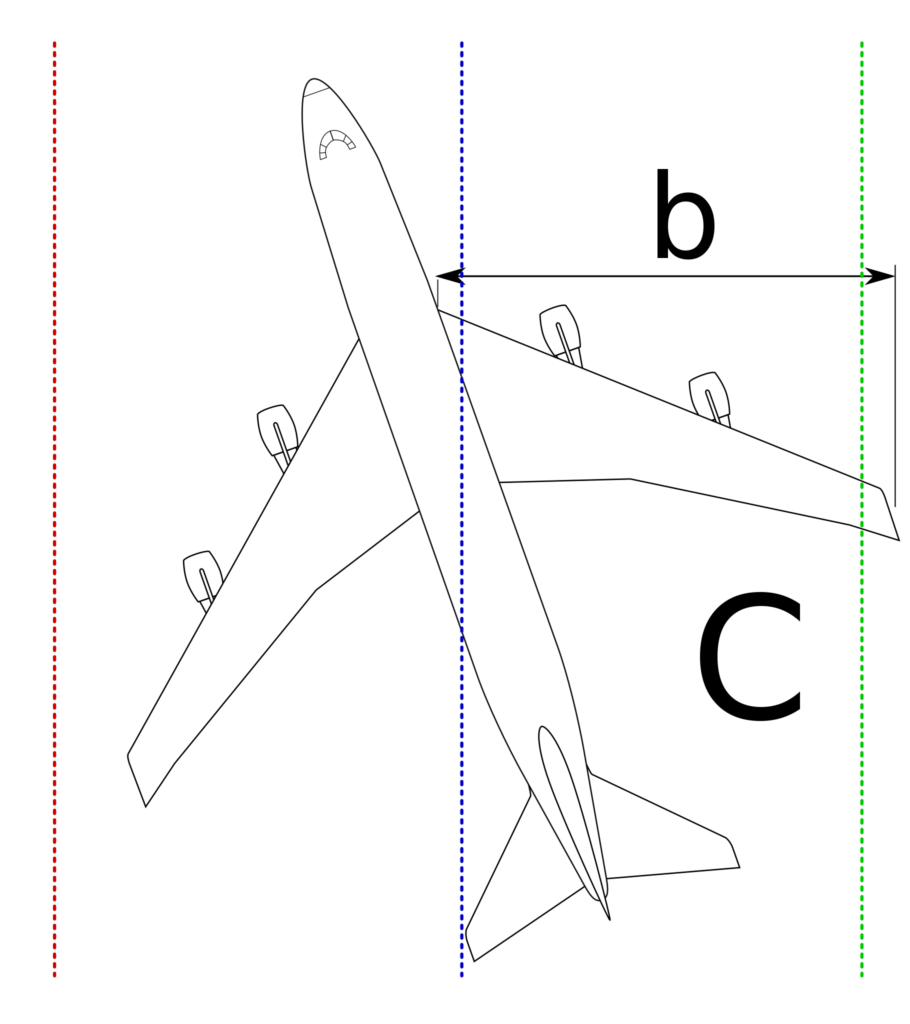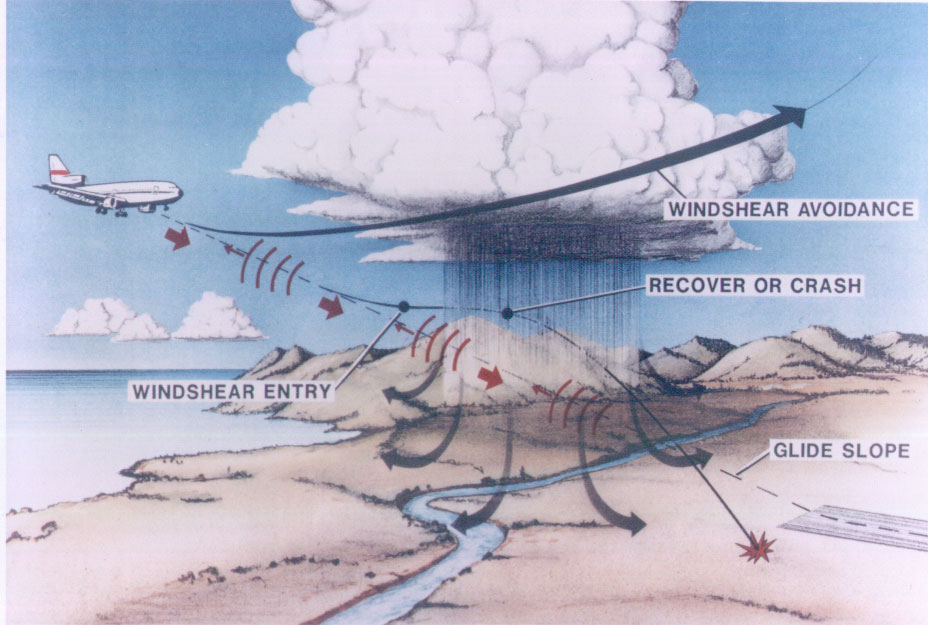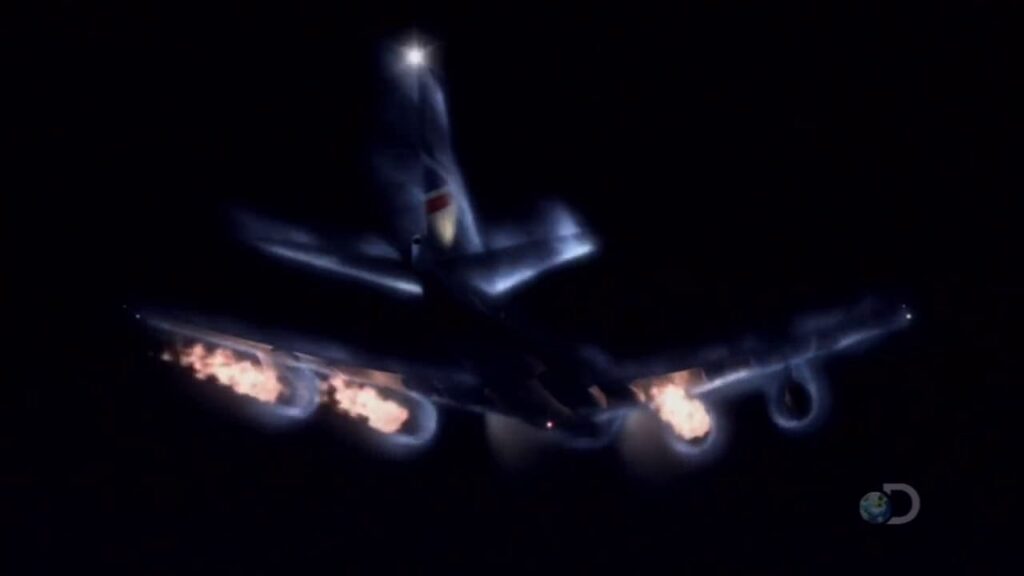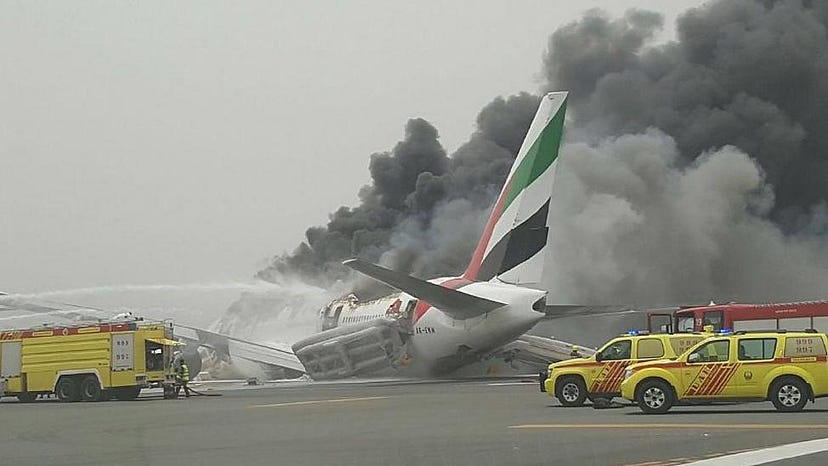Continuing his look at aviation disasters and their causes, Syed Hassaan Khalid takes a look at some of the unusual hazards facing aircraft and pilots in this article.
Facing a serious technical difficulty or a failure mid-flight is the pilot’s worst nightmare; especially on long-haul and transoceanic flights. Many fatal incidents have resulted from in-flight discrepancies. In this era, many significant improvements have been made in the field of avionics to cater proper functioning of flight instrumentation and the detection of any sort of failure, but these advancements have still not eliminated the threats completely.
Since the aircraft has complexity in controls and there is a chance of error during startup or takeoff, the Boeing Company introduced checklists in 1935 and surprisingly, these old-school flight checks are still in use till-this-day. Well… just kidding; the checklists are sophistically dedicated to aircraft type in accordance with its systems and controls.
It’s acceptable to say the checklists may have reduced the number of incidents, but still, there are multiple circumstances that can make a flight go horribly wrong and there are numerous flights that ended in fatal collisions as a result of these horrifying conditions. As we will discuss them alongside in this article, let’s have a detailed look at a few of these uncertain conditions and how they can be prevented.
Dutch Roll

This may seem like a name of a food item, just like the Swiss roll; but it’s not. The Dutch roll is rather a condition that can happen at any stage of a flight and has the capability to crash even the four-engined jets, if not handled in an appropriate manner.
A Dutch roll basically happens when the directional stability of an aircraft is lower than its lateral stability. Due to this, a sideslip is initiated which makes one wing lean towards the airflow; thus, creating more lift which causes one side to rise and lowers the other side. This simultaneous movement of the wings causes an oscillatory motion and disrupts the aircraft’s momentum.
You do not need to worry about it while taking a flight as most commercial jets include the “Yaw Dampers”, which are specifically installed to overcome this situation. However, if the aircraft is not equipped with the yaw dampers to adjust the vertical stabilization; then it can be countered by the rudder manually.
One of the worst air disasters ever happened involving a 747, occurred due to the Dutch roll. Japan Air Lines flight 123, which was a scheduled domestic flight operating from Tokyo to Osaka, encountered this roll due to various reasons. As the aircraft was a Boeing 747-200, which was known for its large wingspan and high aspect ratio, making it more prone to the Dutch roll. Additionally, flight 123 lost its vertical stabilizer which eventually made the aircraft succumb to the Dutch roll. This tragic incident took the lives of 520 people and just 4 survived the crash.
However, the poor maintenance of the plane could have also led to an increase in the Dutch roll’s effects, especially if the plane was not properly balanced and maintained. Thus, making it a critical situation that may cause a complete catastrophe if the stabilization is unable to handle it.
Wind Shear

Wind shear is a major factor to consider when it comes to aviation safety and performance. It can be caused by a rapid change in wind speed and/or direction over a short distance, leading to strong gusts and turbulence. Wind shear can have a major impact on all stages of a flight, from takeoff to landing, and in-flight operations. At lower altitudes, wind shear can cause sudden changes in wind direction or speed, which can be dangerous for aircraft. At higher altitudes, wind shear can result in sudden updrafts or downdrafts, resulting in a decrease in lift and performance. For this reason, pilots need to be aware of the potential for wind shear and monitor the flight map closely to avoid the specific areas that might affect the aircraft.
Multiple incidents happened due to the wind shear. Recently, FlyDubai’s 737-800 crashed on approach to Rostov-on-Don. The investigation reports pointed towards the weather conditions which were unfavorable for landing. However, the pilots did abort their approach on the first attempt and went into a holding pattern for almost 2 hours but they hesitated to divert the aircraft to a nearby airport despite having enough fuel to do so. On their 3rd attempt, they encountered severe wind shear and the aircraft fell into a nose dive from which the pilots could not recover till it impacted the ground.
Similarly, Emirates flight 521 faced similar conditions upon landing in Dubai, the aircraft was unable to touch down anywhere near the aiming point due to a sudden shift in the wind direction. Hence, they aborted the landing but failed to execute the go-around. The aircraft hit the ground with the landing gears partially retracted.
The pilots must remain aware of any wind shear in their vicinity. They can do so by consulting weather radar, winds aloft reports, and pilot reports, which can help them pinpoint the exact location and intensity of any wind shear. If they anticipate encountering wind shear, they need to adjust their altitude, airspeed and heading accordingly. Additionally, by taking appropriate action and following the checklists and standard procedures, pilots can avoid the dangerous conditions associated with wind shear.
Volcanic ash

You may notice that I wrote volcanic ash instead of Volcanoes because this volcanic ash is a “silent killer” rather than the volcano itself. Let’s take a brief example to understand the intensity of its threat to any aircraft.
Imagine that you need to fly through an area that recently faced a volcanic eruption. You are well aware of the area to avoid and make your flight plan accordingly. In midst of the flight, you notice the visibility decreasing, difficulty breathing, and suddenly the engines shut down. You would go into a state of utter shock; however, you are fully assured that you are hundreds of miles away from that volcanic eruption.
The point is; we cannot fully estimate the area to avoid after a volcanic eruption, and the horrifying fact that the weather radars are unable to detect any potential volcanic ash, makes it one of the biggest threats to aviation.
These conditions were faced by British Airways flight 9. The flight crew of the giant four-engined Boeing 747-200 was unaware of a volcanic eruption. They were maintaining FL370, when out-of-the-blue; their all engines got shut simultaneously. Moreover, they witnessed the St. Elmo’s fire which normally occurs while passing through thunderous clouds but as the weather was clear, this heightened their confusion. Finally, they made a blind landing after descending immediately due to the lack of oxygen and poor visibility. Although the situation was a frightening one, the crew’s quick-thinking and skillful handling of the aircraft enabled them to avert disaster and complete the flight safely.
As these volcanic eruptions are uncommon but can create a major hazard for nearby aircraft. The volcanic ash can travel hundreds or even a thousand kilometers and impact an aircraft that is unaware of it. There are a few steps that the airlines and the ATC should consider to avoid any mishap in this situation.
In areas that are prone to volcanic activity, it is essential to plan flights with maximum caution, especially the night flights. As the weather radar cannot detect the minute particles that make up the ash clouds, it’s essential to monitor meteorological information, such as SIGMET charts, for updates on active eruption plumes and dispersing ash particles. Furthermore, by taking the time to properly plan routes, pilots can avoid the disastrous consequences of flying through such hazardous areas.




